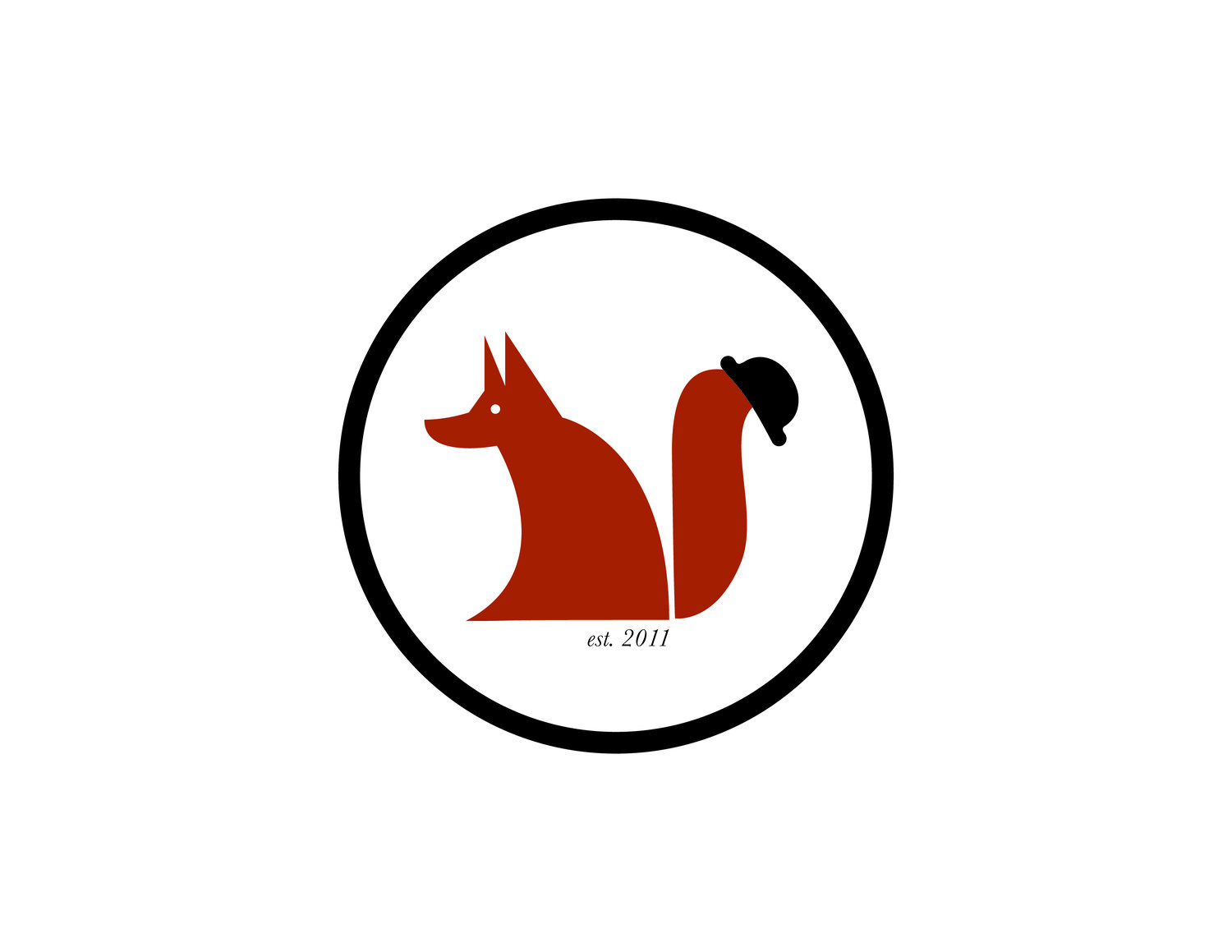Conversation with Julie Schmidt
Several months ago, I had the pleasure of speaking with Julie Schmidt of Juliet Jewelry. Julie Schmidt designs and sells beautiful jewelry here in Chicago area. She launched her jewelry at the Mercedes Benz LA Fashion Week and has been featured in several fashion magazines in Chicago, the rest of the US. and even internationally including Daily Candy, Chicago Scene, Chicago Journal, Hong Kong Watch & Jewelry, Philadelphia Style, and Chicago Magazine.
On a perfect summer day at an outdoor restaurant, we talked about her inspiration for her jewelry. She told me: “I spend a lot of time walking really early in the morning, when no one is awake, like 5am. I experience the city in a different way than I would right now. I see a lot of white space, negative space, around shapes. I’m moving towards more geometric shapes in the past year. I do follow trends. At first, I felt I was more of an artisanal jeweler. I feel that over time I’ve become more on trend, or more of a fashion designer. I like to stay on top of the trends or before the trend hits the Midwest, which is easy to do. I catch things really quickly. I have an eye for the fine detail of simple things that people would overlook. I think my mother taught me that. She taught how to sew when I was eight, needlepoint, crochet… anything to use your hands. She taught me proportions. She really trained my eye without knowing it. I attribute a lot of that to her. In fact, when I work, I look at my hands... [and] see my mom’s hands. I feel like she’s always with me when I’m working. It’s really wonderful to have that feeling. She has passed.
“I spend a lot of time looking at the opposite of things that the average person looks at. I look at windows, walkways, corners of buildings,and the brickwork of that building, let’s say right over there. I love linear things. I could make some jewelry; it would be so extreme no one ever want to buy it. As an artist, I have to make a living so that’s why I’m focusing on fashion... Even just looking at the way those lights are strung, the shape [it] that creates. Or looking at the sky, it’s a soft cloudy, and billowy. Or there’s the rooftops with the two triangle houses. I see whispers of beauty in common things like that.”
I reflected that her work had an architectural feeling to it. She said, “I guess it does. My father was a construction guy. He was a general contractor. Although,he never talked to me about architecture, I’ve discovered through the years that I’m drawn to that. I like how things come together or the contrast between the two. The peaks of that building and the sky. The contrast of the soft and the really defined angles, the planes. I’ve never studied art, other than high school. I have a really strong knowing of what works for me and my business. And I hope people get it.”
What a pleasure to talk to Julie Schmidt about her work!
Check out her jewelry at her website: http://www.julietjewelry.com/
The Lights, Sky and Buildings on the day of our conversation. Photo: Elisa Shoenberger


